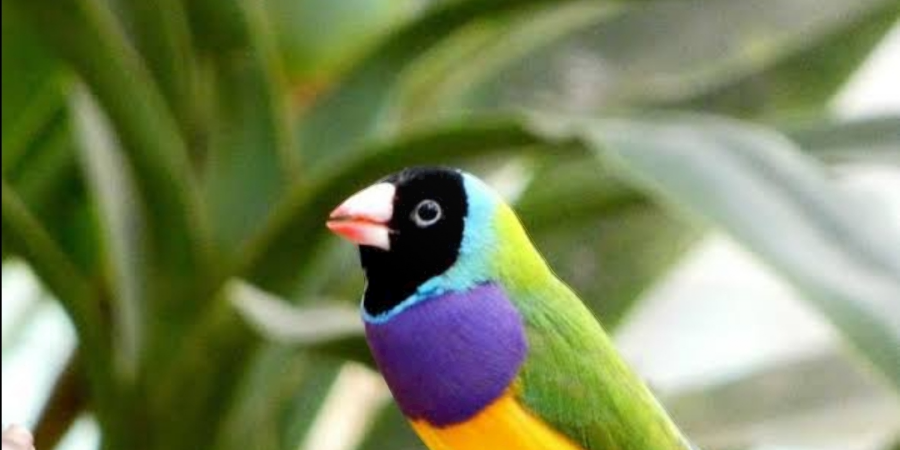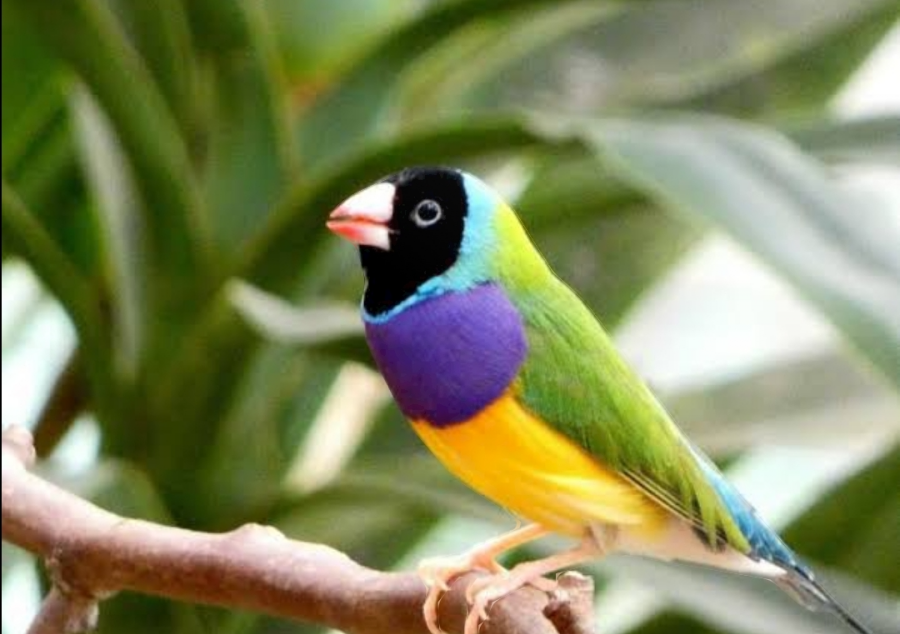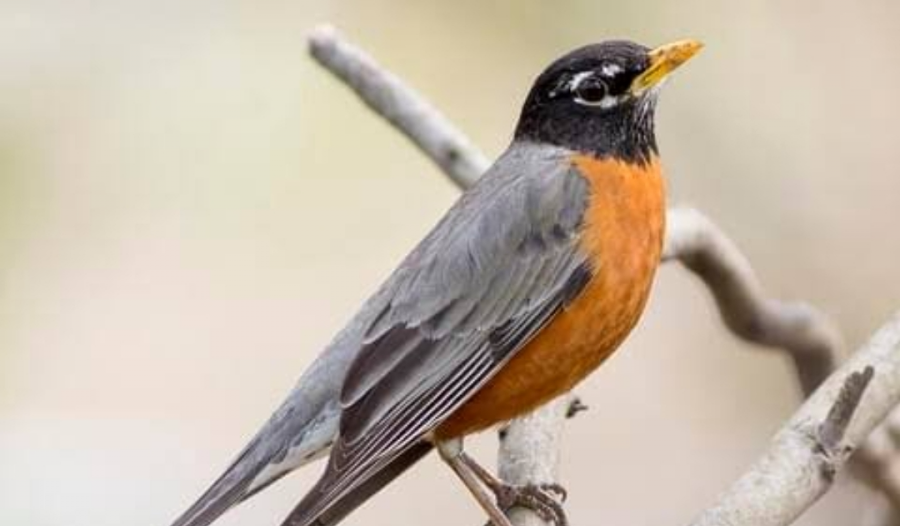

Sparrow

Sparrows are small, resilient birds found in many parts of the world, known for their adaptability to various habitats, from urban areas to rural landscapes. They are often recognized by their compact size, brown or gray plumage, and distinctive chirping calls.
These social birds are typically seen in flocks, foraging for seeds, grains, and insects on the ground or in low vegetation. Sparrows are known for their resourcefulness in finding food and nesting sites, often utilizing man-made structures such as buildings and birdhouses.
Historically, sparrows have been symbolic in different cultures, often representing simplicity, community, and adaptability. They are commonly associated with everyday life and are a familiar sight in gardens, parks, and city streets, where their presence adds to the soundscape and biodiversity of urban environments.
Finches

They are small to medium-sized birds known for their colorful plumage and cheerful songs. They belong to the family Fringillidae, which includes a diverse range of species found across the world, from forests and grasslands to urban gardens.
These birds are often recognized for their conical beaks, which are adapted to different types of diets. Finch species vary widely in their feeding habits, with some primarily eating seeds and grains, while others include insects, fruits, and nectar in their diets.
The robin is a small to medium-sized bird recognized for its vibrant red breast, which contrasts sharply with its brownish-gray upper plumage. Belonging to the thrush family, robins are found across Europe, Asia, North America, and North Africa, with various subspecies adapted to diverse geographical regions.
Renowned for their melodious song, often heard during the early morning or twilight hours, robins establish territories in habitats such as woodlands, gardens, parks, and urban areas. They exhibit territorial behavior, vigorously defending their nesting sites, which are typically concealed in shrubs, trees, or garden sheds. Despite their territorial nature, robins can become quite tame around human habitation, sometimes approaching people for food.
During the breeding season, robins construct cup-shaped nests using twigs, grass, and moss. Nest locations are carefully chosen to provide security and shelter for the clutch of eggs laid by the female. Incubation duties are shared between the male and female, with both parents participating in feeding and protecting the young.
Robins are omnivorous, consuming a diet that includes insects, worms, and other small invertebrates. They also feed on fruits and berries, especially during colder months when insects are less abundant. Their feeding habits adapt seasonally, with a greater emphasis on fruits and seeds in winter.
In many cultures, robins symbolize renewal and new beginnings, often heralding the arrival of spring due to their frequent appearances in gardens and parks during this season. They hold a place in folklore and literary works, celebrated for their beauty and significance in the natural world.



